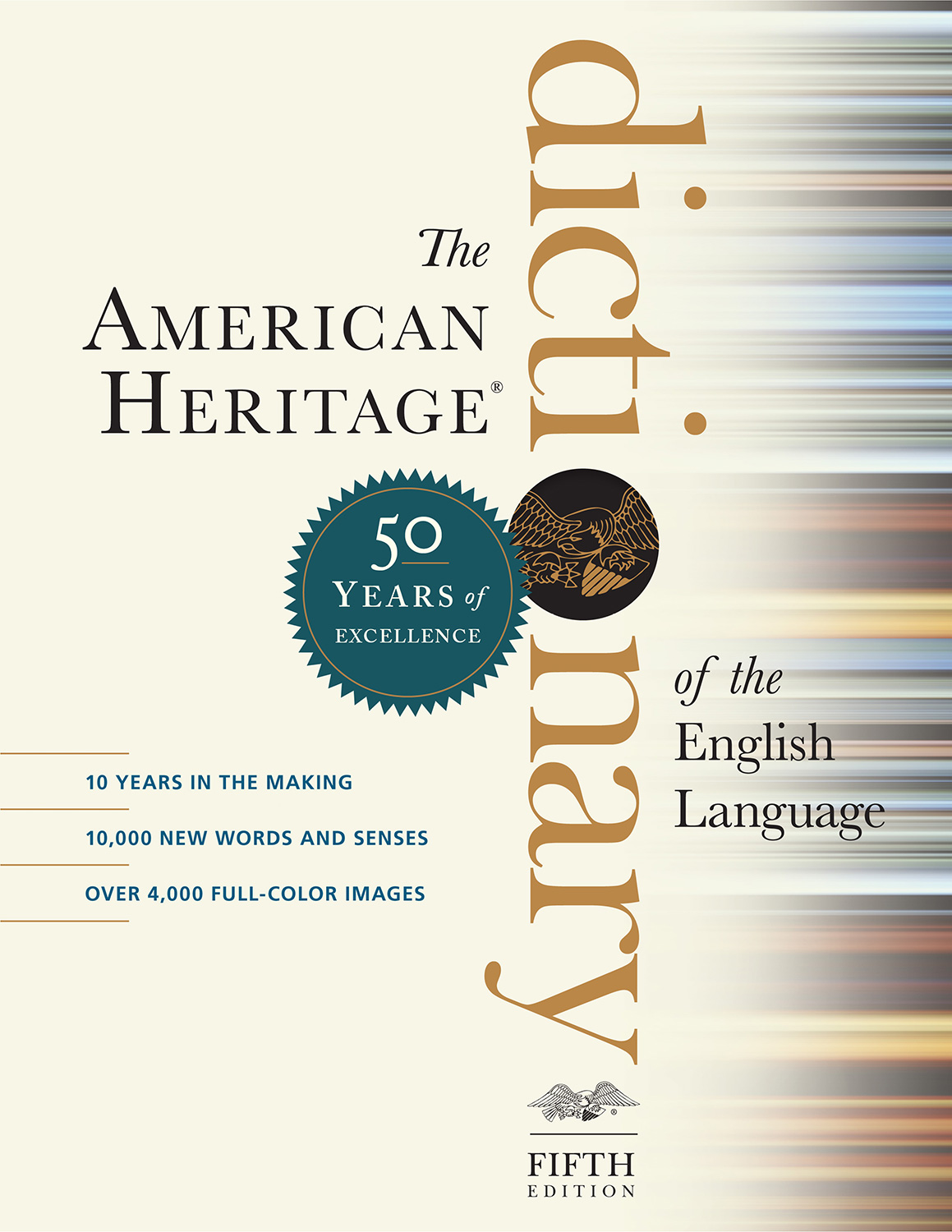def.art. 1. a. Used before singular or plural nouns and noun phrases that denote particular, specified persons or things: the baby; the dress I wore. b. Used before a noun, and generally stressed, to emphasize one of a group or type as the most outstanding or prominent: considered Wicker Park to be the neighborhood to live in these days. c. Used to indicate uniqueness: the Prince of Wales; the moon. d. Used before nouns that designate natural phenomena or points of the compass: the weather; a wind from the south. e. Used as the equivalent of a possessive adjective before names of some parts of the body: grab him by the neck; an infection of the hand. f. Used before a noun specifying a field of endeavor: the law; the film industry; the stage. g. Used before a proper name, as of a monument or ship: the Alamo; the Titanic. h. Used before the plural form of a numeral denoting a specific decade of a century or of a lifespan: rural life in the Thirties. 2. Used before a singular noun indicating that the noun is generic: The loggerhead turtle is an endangered species. 3. a. Used before an adjective extending it to signify a class and giving it the function of a noun: the rich; the dead; the homeless. b. Used before an absolute adjective: the best we can offer. 4. Used before a present participle, signifying the action in the abstract: the weaving of rugs. 5. Used before a noun with the force of per: cherries at $1.50 the box. [Middle English, from Old English, alteration (influenced by , th-, oblique case stem of demonstrative pron.) of se, masculine demonstrative pron.; see so- in the Appendix of Indo-European roots.] |
The American Heritage® Dictionary of the English Language, Fifth Edition copyright ©2022 by HarperCollins Publishers. All rights reserved.
adv. 1. To that extent; by that much. Used before a comparative: the sooner the better. 2. Beyond any other: enjoyed reading the most. [Middle English, from Old English thȳ, thē, instrumental of thæt, neuter demonstrative pron.; see to- in the Appendix of Indo-European roots.] |
The American Heritage® Dictionary of the English Language, Fifth Edition copyright ©2022 by HarperCollins Publishers. All rights reserved.
the-
Share:
Tweet pref. |
The American Heritage® Dictionary of the English Language, Fifth Edition copyright ©2022 by HarperCollins Publishers. All rights reserved.







